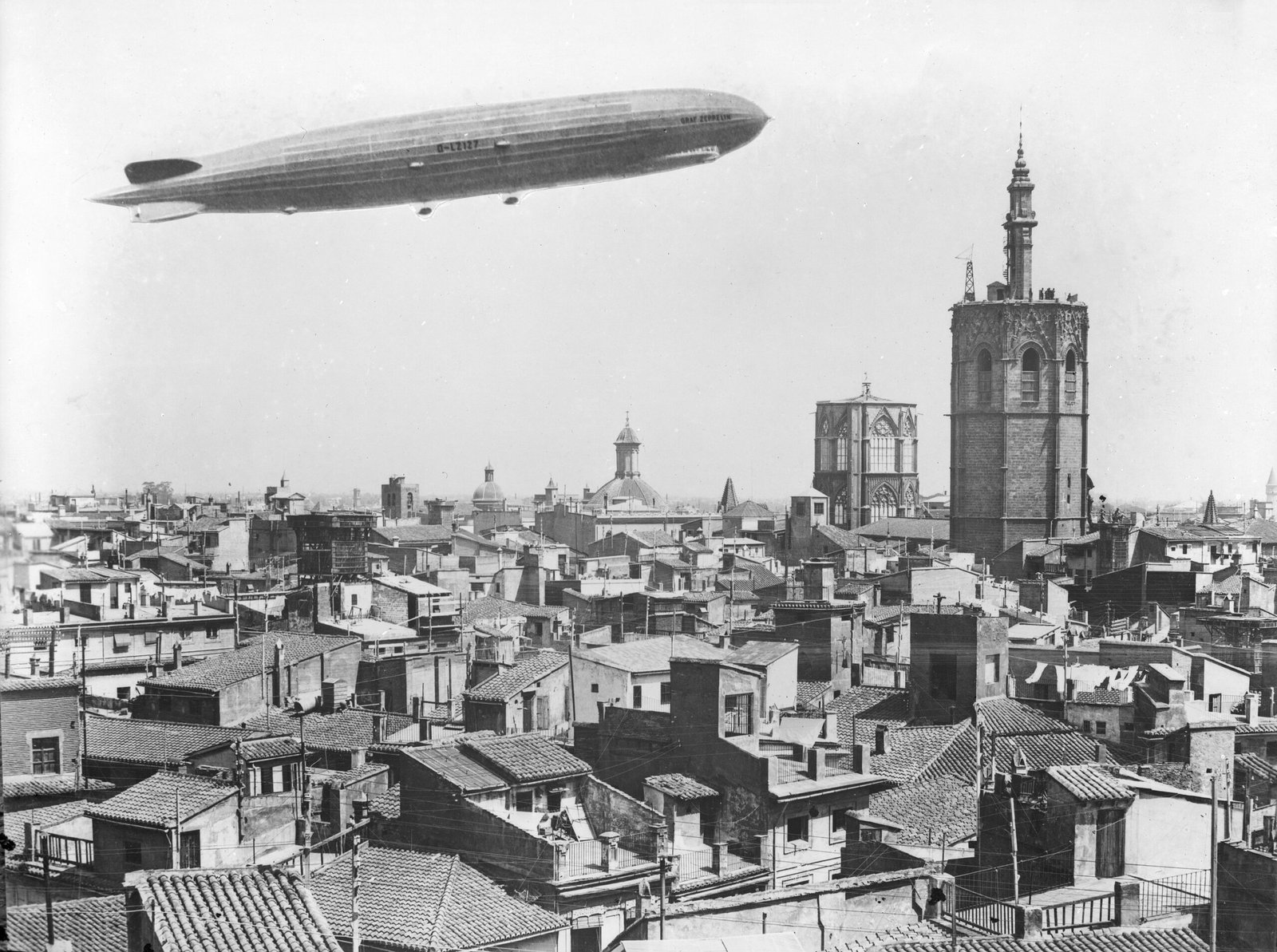The year 1935 marked a significant event in aviation history – the crash of the SS Macon. As one of the largest airships ever built by the United States Navy, the Macon was a marvel of engineering and a symbol of American innovation. However, on February 12, 1935, tragedy struck as the Macon crashed into the Pacific Ocean, signaling the beginning of the end for rigid airships in military operations.
The SS Macon was a helium-filled airship that served as a flying aircraft carrier. It was designed to carry and launch a squadron of airplanes, making it a formidable asset in the Navy’s arsenal. With a length of 785 feet and a capacity to carry up to five biplanes, the Macon was an impressive sight in the sky. It was equipped with a hangar bay that housed the aircraft, which could be launched and retrieved mid-flight using a trapeze system.
However, despite its technological advancements, the Macon was not immune to the challenges and dangers of operating such massive airships. The crash of the Macon was attributed to structural failure, highlighting the inherent risks involved in flying these colossal machines. The loss of the Macon prompted a reevaluation of the strategic value of rigid airships and ultimately led to a shift in military aviation priorities.
The crash of the SS Macon serves as a cautionary tale about the limitations of rigid airships. The incident prompted a thorough investigation into the causes of the crash and the structural integrity of airships in general. It was discovered that a structural failure in the tail section of the Macon led to its sudden descent into the ocean. This finding shed light on the vulnerabilities of rigid airships and led to significant changes in their design and operation.
Following the crash of the Macon, the United States Navy shifted its focus towards the development of more versatile and reliable aircraft carriers. The sinking of the Macon served as a wake-up call, highlighting the need for more agile and resilient platforms for naval aviation. This shift in strategy ultimately paved the way for the rise of aircraft carriers as the primary means of projecting air power from the seas.
The legacy of the SS Macon crash extends beyond the realm of military aviation. It serves as a reminder of the risks and challenges inherent in pushing the boundaries of technology. The crash of the Macon prompted a reevaluation of the role of airships in both military and civilian applications. While airships continue to be used in certain capacities today, their use in military operations has been largely phased out in favor of more advanced and reliable aircraft.
In conclusion, the crash of the SS Macon in 1935 marked a turning point in the history of airships. The incident highlighted the dangers and limitations of rigid airships, leading to a reevaluation of their strategic value. The loss of the Macon prompted a shift in military aviation priorities, with a greater emphasis on the development of aircraft carriers. Today, the crash of the SS Macon serves as a reminder of the risks and challenges inherent in pushing the boundaries of technology.
SEO Excerpt:
The crash of the SS Macon in 1935 marked a turning point in the history of airships. Learn about the challenges and dangers of operating massive airships and how the incident led to a reevaluation of their strategic value. Discover the legacy of the Macon crash and its impact on military aviation.

